By Sarhind Times Business Bureau | Mumbai | October 20, 2025
Summary
Every Diwali, India’s stock exchanges open for a single symbolic hour — Muhurat Trading — blending centuries-old belief with modern finance. This year’s session, to be held on October 30, 2025, comes amid optimism over falling inflation, robust GDP growth, and record retail participation. Experts call it not just an auspicious ritual but a reflection of how India’s economy celebrates prosperity with purpose.
The Tradition That Trades on Faith
For over six decades, the Bombay Stock Exchange (BSE) and National Stock Exchange (NSE) have followed a unique custom: opening markets briefly on Diwali evening. It’s more than symbolic; it’s sacred.
Traders light diyas beside computer terminals, exchange sweets, and perform Lakshmi Pujan before placing the first order of the year. “It’s our financial New Year,” said Ashok Jain, a third-generation broker at Dalal Street. “Our ancestors offered grains and gold; we offer stocks.”
The first trade, often in blue-chip companies, is considered a prayer for wealth and wisdom — not greed.
This Year’s Timing and Expectations
According to the exchanges, Muhurat Trading 2025 will be held on Thursday, October 30, with the following schedule:
- Pre-open session: 6:00 p.m. – 6:08 p.m.
- Trading session: 6:15 p.m. – 7:15 p.m.
- Closing: 7:25 p.m.
Both BSE and NSE have issued advisories for smooth trading amid high retail volume. Last year, turnover during the one-hour window exceeded ₹24,000 crore, marking an all-time record.
“We expect this year’s Muhurat session to set new benchmarks,” said NSE CEO Ashish Chauhan, adding that rising investor participation is a sign of financial literacy deepening across India.
Market Mood: Diwali Optimism Meets Macro Fundamentals
The festive season coincides with upbeat economic signals. India’s Q2 GDP growth is expected to top 7.3%, inflation has eased to 4.6%, and corporate earnings for H1FY26 show double-digit growth across sectors. Analysts expect bullish sentiment during the session, particularly in sectors tied to consumption, banking, and capital goods.
“When earnings, liquidity, and emotion align, Diwali becomes more than symbolic—it becomes strategic,” said Deven Choksey, veteran market analyst.
Retail investors, empowered by online platforms, have added over 3.8 crore new demat accounts since Diwali 2024, according to CDSL data.
From Physical to Digital Pujas
Gone are the days of paper receipts and chalkboards. Today, Muhurat Trading happens through glowing screens. Yet the reverence remains.
At Motilal Oswal Securities, the ritual begins with a priest performing a short puja in the trading hall. Employees then log in to trading terminals adorned with marigolds. “Even our algorithmic systems pause for two minutes,” joked an IT head.
Social media platforms light up with screenshots of first trades — symbolic buys of “Lakshmi stocks” such as HDFC Bank, Reliance Industries, Tata Consultancy Services, or gold ETFs.
Investor Psychology: Buying Blessings, Not Just Stocks
Behavioral economists say the Muhurat session combines emotional value and financial signaling. The average retail investor doesn’t chase profits during the hour; they seek participation in the cultural rhythm of wealth.
“Markets reflect society’s collective psyche,” said Prof. R. Chandrasekhar of IIM Ahmedabad. “Muhurat Trading ritualizes gratitude — converting abstract wealth into shared celebration.”
A survey by ICICI Direct found that 68% of respondents buy at least one stock “to mark positivity,” regardless of market condition.
What Typically Moves on Muhurat Day
Historically, indices have closed in the green on 17 of the past 20 Muhurat sessions. The Sensex and Nifty tend to rise between 0.3% and 1.1%, though actual returns are irrelevant to most participants.
Favoured stocks this year, according to brokerage forecasts:
- Reliance Industries (RIL): Retail and energy optimism.
- Tata Motors: Festive demand surge in EV segment.
- HDFC Bank: Stability and consistent growth.
- Adani Ports: Infrastructure expansion momentum.
- Zomato: Reflecting new-age retail enthusiasm.
Midcaps in renewable energy, railways, and defence are also expected to attract symbolic purchases.
The Human Stories Behind the Screens
At the BSE’s iconic Rotunda Hall, families arrive in traditional attire — children clicking selfies with stock tickers, women applying vermilion on account ledgers.
Meera Shah, a 63-year-old investor from Andheri, has attended every Muhurat session since 1998. “My first purchase was Infosys at ₹120,” she smiled. “That Diwali still shines the brightest.”
Young professionals, too, now partake. “We buy one share each year to teach our kids about value,” said Ravi and Pooja Nair, newlyweds entering the market together.
Technology and Tradition: A Delicate Balance
Algorithmic traders and retail buyers coexist during the sacred hour. The BSE’s co-location servers and NSE’s order-matching engines handle more than one lakh transactions per second, ensuring zero lag.
“Technology keeps the ritual alive,” said NSE CTO Sandeep Mehta. “It’s not superstition; it’s synchronization of heritage and hardware.”
Mobile trading apps now include Diwali-themed interfaces, offering virtual diyas and Lakshmi icons. Brokers have rolled out campaigns such as “Invest with Light” and “Trade for Tomorrow.”
Voices from Dalal Street
Broker Sanjay Doshi explained:
“In old times, we traded on faith alone. Today, we have data, yet we still begin with faith. That’s India’s genius—logic and belief walking hand in hand.”
Across the street, a temple priest performed an aarti as traders bowed momentarily before rejoining calls with clients. The boundary between worship and work blurred beautifully.
Economic Impact Beyond Symbolism
While the session’s trading value forms less than 0.5% of weekly turnover, its psychological and brand value is immense. It marks the start of the Hindu financial year (Samvat 2082), setting investor tone for months to follow.
Brokerage houses release Samvat 2082 Reports, forecasting sectoral outlooks:
- Banking & Infra: poised for steady growth.
- IT: moderate due to global headwinds.
- Manufacturing: revival driven by PLI schemes.
- Renewable Energy: strong FDI inflow expected.
“This Diwali is different,” said economist Dr. Shweta Narang. “Unlike 2022’s volatility, fundamentals are robust. Retail resilience is the new institutional power.”
Gold, Bonds, and Mutual Funds: Parallel Festivities
While equities grab headlines, gold ETFs, Sovereign Gold Bonds (SGBs), and mutual fund SIPs also witness spikes. Data from AMFI shows a 22% rise in SIP registrations during Diwali week.
“Indians now perform financial puja through SIPs,” quipped Radhika Gupta, CEO of Edelweiss AMC. “It’s systematic devotion.”
Digital-gold platforms and fintech apps report record purchases, proving that investment and intention can coexist.
Global Interest: Foreign Investors Join the Ritual
Interestingly, Foreign Institutional Investors (FIIs) also participate symbolically, buying small lots to honour the custom. “It’s good luck to start a financial year with India,” said a London-based fund manager. Their involvement underscores India’s cultural soft power in finance.
Ethics and Spirituality in Modern Markets
Religious scholars trace the ritual to ancient Vedic trading principles, where prosperity was seen as divine stewardship. “Lakshmi is not possession but circulation,” explained Pandit Vishal Shastri, a scholar from Banaras. “Trade with honesty is itself worship.”
This ethos resonates with sustainability-conscious investors seeking purpose beyond profit — aligning spirituality with ESG (Environmental, Social, Governance) ethics.
Cultural Parallels Across India
Beyond Mumbai, smaller exchanges in Ahmedabad, Jaipur, and Kochi host their own mini-Muhurat sessions. In Gujarat, entire families gather in brokerage offices decorated with rangoli, while sweets replace spreadsheets.
At Ahmedabad’s Manek Chowk, traders exchange silver coins engraved with “Shubh Laabh,” merging community bonding with commerce.
Women and Youth Take the Lead
Women investors now account for 26% of all Diwali transactions, up from 14% in 2018. Fintech startups report higher participation from women-led investment clubs.
“Financial freedom is our form of Lakshmi Pujan,” said Neha Agarwal, founder of InvestHer Forum.
Meanwhile, Gen Z investors approach Muhurat Trading as both a festival and a learning experience. “It’s the new Navratri of numbers,” tweeted influencer @FinSamosa.
Voices of Caution
Analysts remind investors that while Muhurat Trading is symbolic, it’s not an omen for annual returns.
“Don’t mistake auspiciousness for advice,” warned SEBI-registered advisor Pankaj Mathur. “Use it as an emotional anchor, not a speculative trigger.”
SEBI and stock exchanges have urged investors to verify brokers, avoid rumours, and stay mindful of scams disguised as “Diwali stock tips.”
Editorial Perspective
Muhurat Trading remains a uniquely Indian fusion of tradition and technology—where algorithms pause for prayers, and faith meets financial literacy. It reminds a nation that prosperity, when pursued ethically, can be both personal and collective.
As diyas flicker on Dalal Street this Diwali, the hum of terminals will echo a timeless message: wealth shines brightest when illuminated by wisdom.
#MuhuratTrading #Diwali #StockMarket #BSE #NSE #IndianEconomy #Finance #SarhindTimes #InvestIndia #WealthAndWisdom


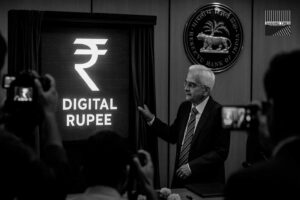








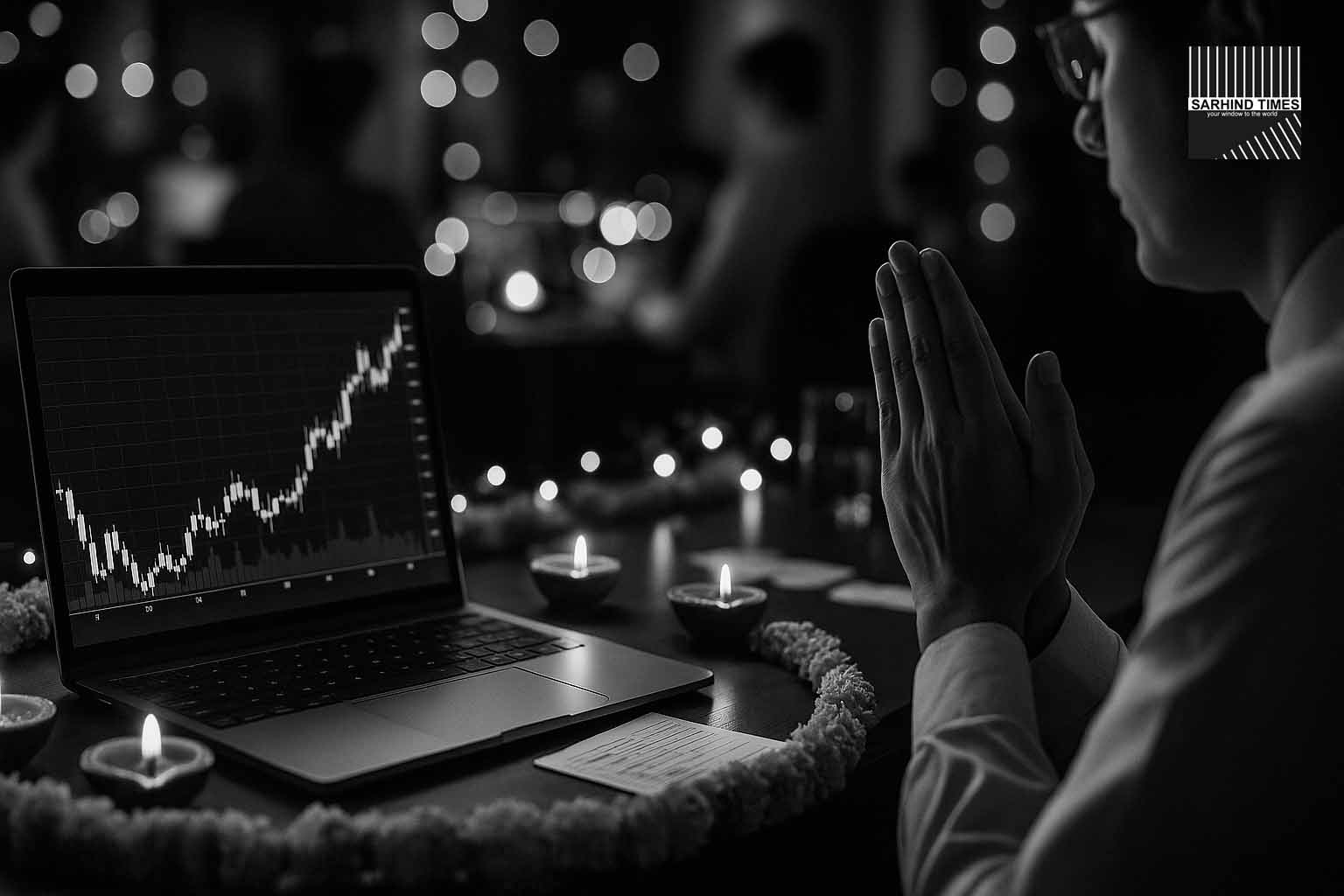
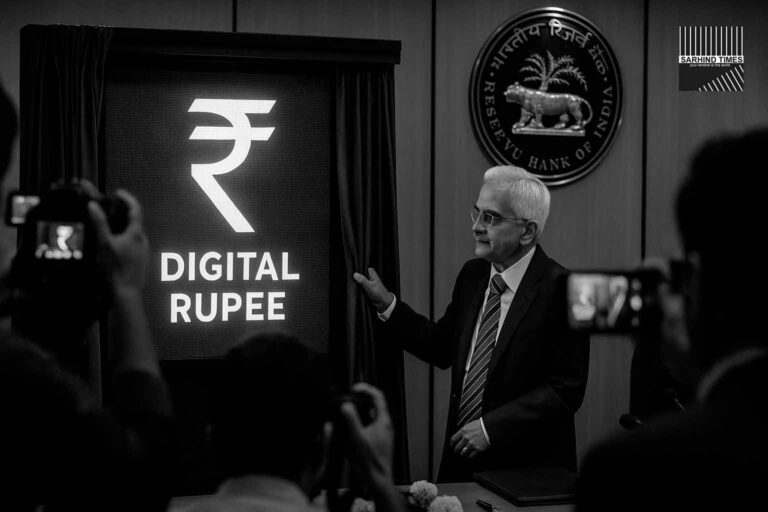

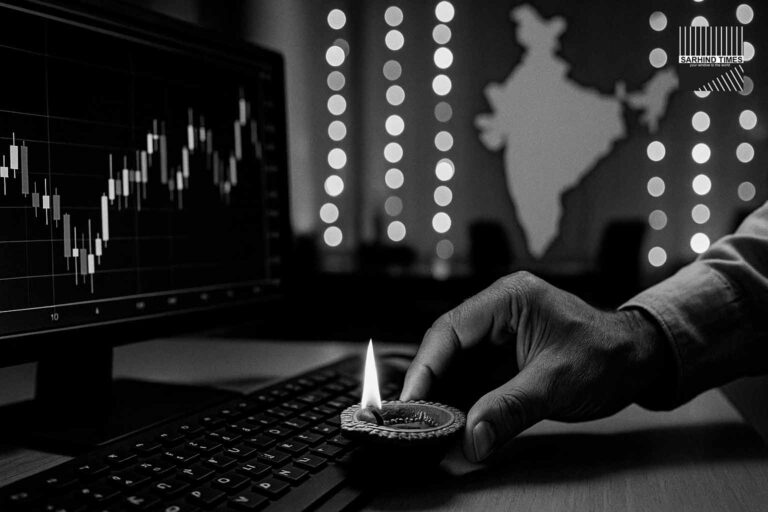




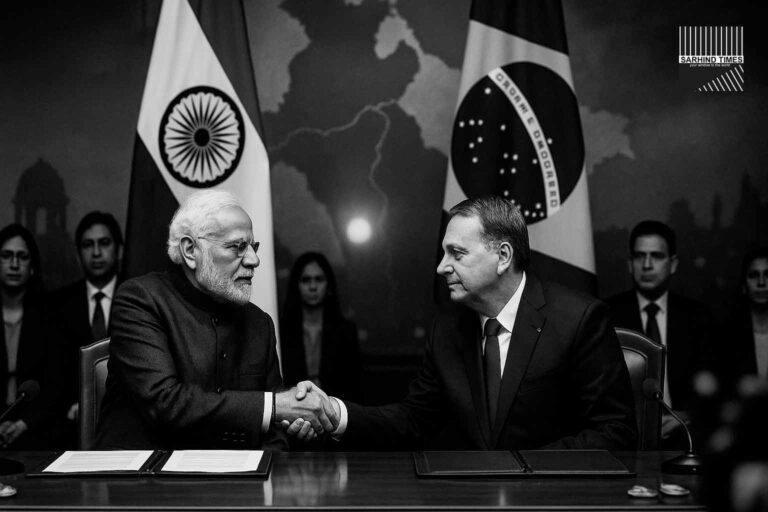
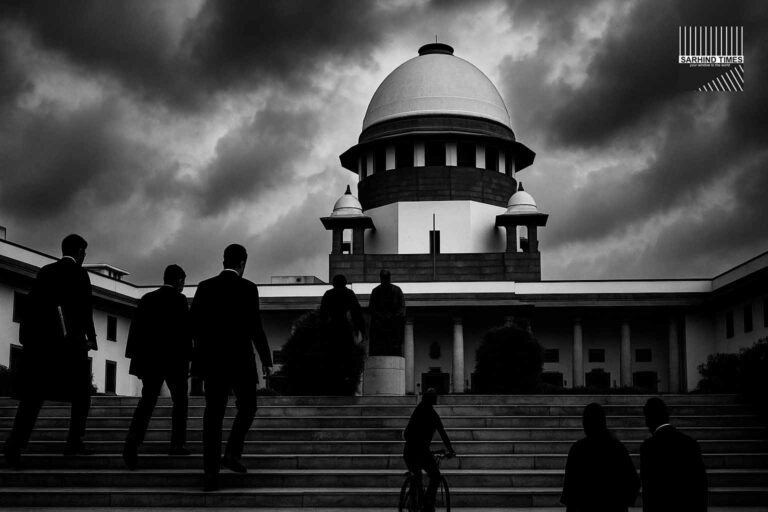
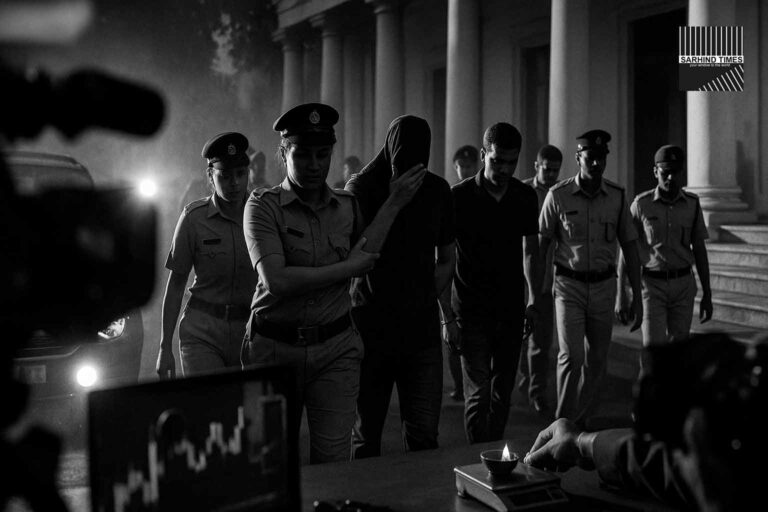


+ There are no comments
Add yours